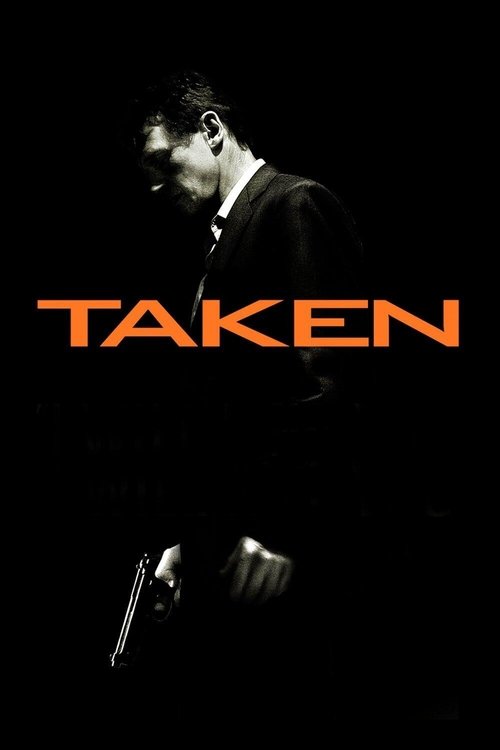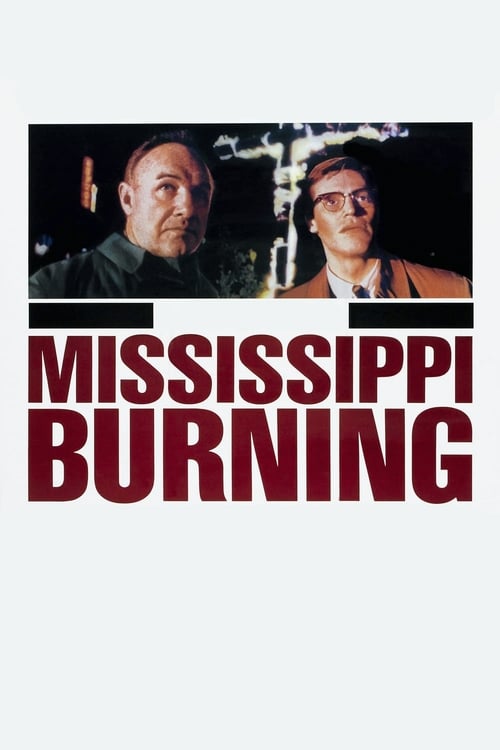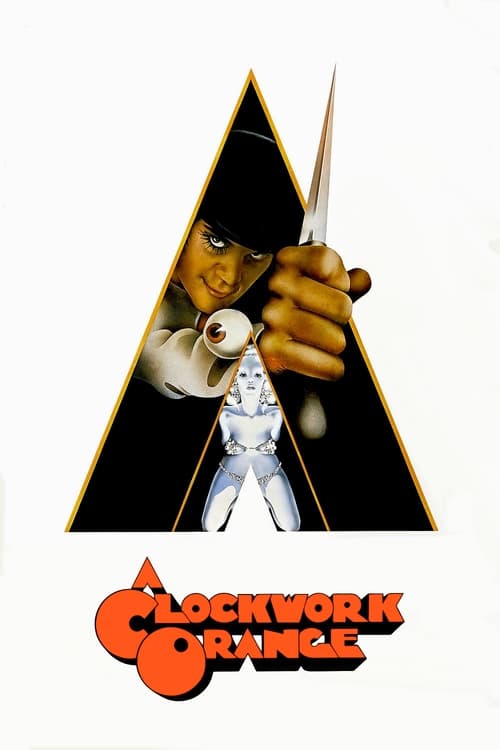
1987
Full Metal Jacket
Drama, War
9.0
User Score
11079 Votes
Status
Released
Language
en
Budget
$30.000.000
Production
Natant, Stanley Kubrick Productions, Warner Bros. Pictures
Overview
A pragmatic U.S. Marine observes the dehumanizing effects the U.S.-Vietnam War has on his fellow recruits from their brutal boot camp training to the bloody street fighting in Hue.
Review
IanBeale
6.0
**The second half is better than the first half.**
A film of two halves.
The first half of the fiim focuses on the training of raw recruits and features shenanigans we have seen countless times before - think _Stripes_ and _Police Academy_.
The persecution of the fat guy - a scenario we had already witnessed in Stripes and Police Academy ( "_I could show a movie on your butt, fatso_!"- Lt Harris, Police Academy) is here played out to maximum effect. The fat guy who freezes atop a climbing frame is the central plot here with Matthew Modine's character playing second fiddle to all of the _Leslie Barbara_ stuff.
The second half of the movie at least gives us something we were not expecting when a sniper's identity is revealed.
- Ian Beale
Read More CRCulver
9.0
Released in 1986, <i>Full Metal Jacket</i> is Stanley Kubrick's film about Vietnam, adapted from a novel by the reclusive and bitter Vietnam veteran Gustav Harford, and then further expanded by acclaimed Vietnam journalist Michael Herr.
The film breaks down neatly into two very different parts, though both are seen through the eyes of young United States marine J. T. "Joker" Davis (Matthew Modine). In the first act, Davis makes his way through Marine basic training with a motley group of other recruits under the hellish command of gunnery sergeant Hartmann (R. Lee Ermey). Joker watches as Hartmann bullies an overweight and dim-witted recruit cruelly nicknamed Gomer Pyle (Vincent D'Onofrio), until Pyle explodes into murderous revenge. In the second act, now set in Vietnam where Joker is doing a tour of duty as a military journalist, the protagonist and his fellow Marines find themselves on the front line during the Tet Offensive and Joker witnesses firsthand the savagery of war.
Few films consist of such drastically opposed parts that differ in setting and tone and don’t have any overlapping characters besides the protagonist (and one minor character from the boot camp scenes). <i>Full Metal Jacket</i> has often disappointed viewers because the first half is so thrilling that it proves a hard act to follow. That's all down to R. Lee Ermey, who actually was a drill instructor during Vietnam and initially served only as a technical consultant before Kubrick decided to let him play the role and improvise. Ermey acts with a white-hot intensity, realism, and brilliantly worded insults and obscenities that no screenwriter could ever have come up with.
As a young man, I too felt that the film was a letdown once it moved past the witty quips and goofy camaraderie of the boot camp scenes. With time, however, my appreciation for the film as a whole has only grown. The two-part structure now seems to be a strong yin-yang structure: the first act is a vision of order, while the second is all chaos. Furthermore, the second half is a moving statement of how war is often senseless. Joker and his squad, while on patrol for an enemy they cannot even identify and whose ideology or culture they know hardly anything of, begin to be targeted by a sniper. Several men perish before the sniper is found and neutralized, and all that death is pointless: it doesn't contribute in any way to victory for either side. The brutality of World War I trench warfare, where dozens of men could perish for merely a foot of conquered ground, is shown to have persisted through the American quagmire in Southeast Asia.
That said, the film does have its flaws. One is the unrealistic depiction of the Vietnamese landscape. Kubrick had a great fear or dislike of foreign travel, and he insisted on shooting the whole film in East London. Having merely a few palm trees shipped in is a poor replacement for a real Southeast Asian shooting location with its humidity and insects, and in the scene that is meant to show a lively Vietnamese town square Kubrick obviously had the same few cars driving around in circles. It's strange how a director who was generally so perfectionist, could be so careless about locales (this only got worse with his next and last film, <i>Eyes Wide Shut</i>, with its inauthentic stage set New York City). There are also some anachronisms that this director and his technical advisors should have noticed.
Still, even a flawed Kubrick film is classic cinema.
Read More 



